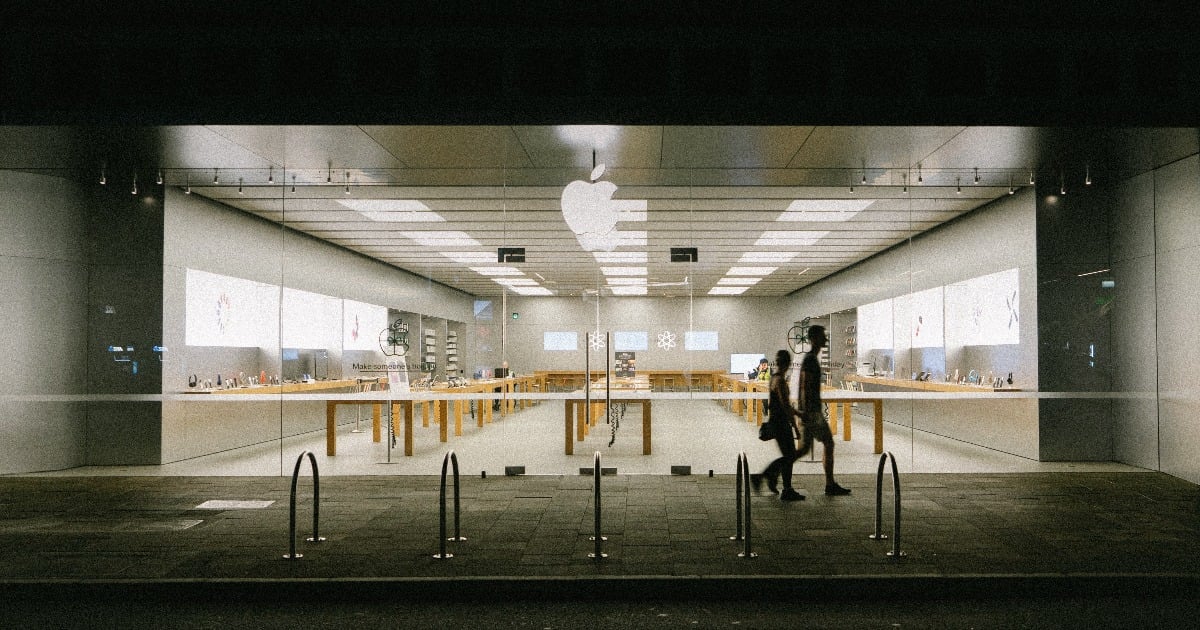Although their goals are the same (sales!), the relationship between brands and retail buyers can be strained—particularly in today's retail climate. Dollars play a major role, with net profit margins tightening down to 1.89% in Q2 of 2017, compared to 3.09% in Q1, according to data from CSI Market.
But putting the most strain on the relationship is the increasing consumer demand in stores—and the uncertainty around whether it falls on the brand or the retailer to meet that demand. While retailers are traditionally responsible for the in-store experience, many stores lack staff to keep things running—much less foster personalized experiences for each of the brands they carry. In fact, retailers are beginning to rethink their relationship with brands. Dick's Sporting Goods, for example, recently announced they will cut a percentage of their retail partners and prioritize top brand partners.
Whether other retailers follow suit remains to be seen. For brands, though, it demonstrates that having a smooth relationship with retail partners is important. Here, a retail buyer from one of the top national department store chains shares five things brands can do to improve their experience with retailers:
1. Assume Retailers Have Seen the Product Already
The product a brand is pitching is likely very similar to what was presented to the buyer yesterday—and the day before. There are only so many plaid blazers retail chains can carry, and if it's a staple product, the buyer will generally give their business to a supplier they've built a relationship with in the past. Of course, the best way to get a buyer's attention is to develop a hot product that fits the retailer's merchandise mix and isn't carried by the competition. Try and sell the buyer on the product, but if a buyer turns you down, don't take it personally. Buyers come back to brands if they see the product takes off in other channels.
2. Help Retailers Sell the Product
It's not uncommon for buyers to come across a promising product and, in their conversation with the brand, find the brand's marketing strategy is basically to get the retailer to do the selling for them. That doesn't work in today's world. When a retail buyer sees a brand that's active in trade and trunk shows and pushing their products with influencers, they see a potential partner that is serious about selling.
3. Know What Would Work for Retailers
A good supplier gets buyers products that sell. A great supplier gives buyers the products as well as ideas on how to sell them. Great suppliers have information and statistics on how well their brand does when displayed in a particular manner. And knowing each specific retailer's display preferences, they're able to make helpful suggestions that the retailer can use to sell. Retail buyers are not as impressed when, for example, they tell a supplier about their department redesign that includes eliminating rounder display fixtures, and the supplier pitches merchandise they say sells best in rounders. It makes buyer's feel like the supplier isn't listening.
4. Keep Lines of Communication Open
If the buyer hasn't worked with the brand before or the brand is fairly new, expect initial orders to be small. That's the way it works for everyone; don't expect buyers to take a big risk on a product they're confident enough to buy, but not sure will roll off the shelves. With smaller operations, it's also not uncommon to see shipping delays. Keep buyers in the loop so they know if problems have cropped up and the product won't hit the retailer's warehouse by the promised date.
5. Don't Undercut Retailers
If a brand is selling directly to consumers through your own stores or via your website, that's fine. But if the brand is selling the same merchandise the retailer is carrying, it won't create a great relationship—especially if the brand is selling those products for less than the retailer's price tag. This is supposed to be a partnership; brands shouldn't be competing with retailers. When this happens, it's usually an indication of a supplier with inadequate planning and/or poor internal communication between its sales and retail supply departments. If brands share their strategy about where they want to go with specific products and let the retailers know their sales plans, retailers can coordinate and possibly help the brands.



